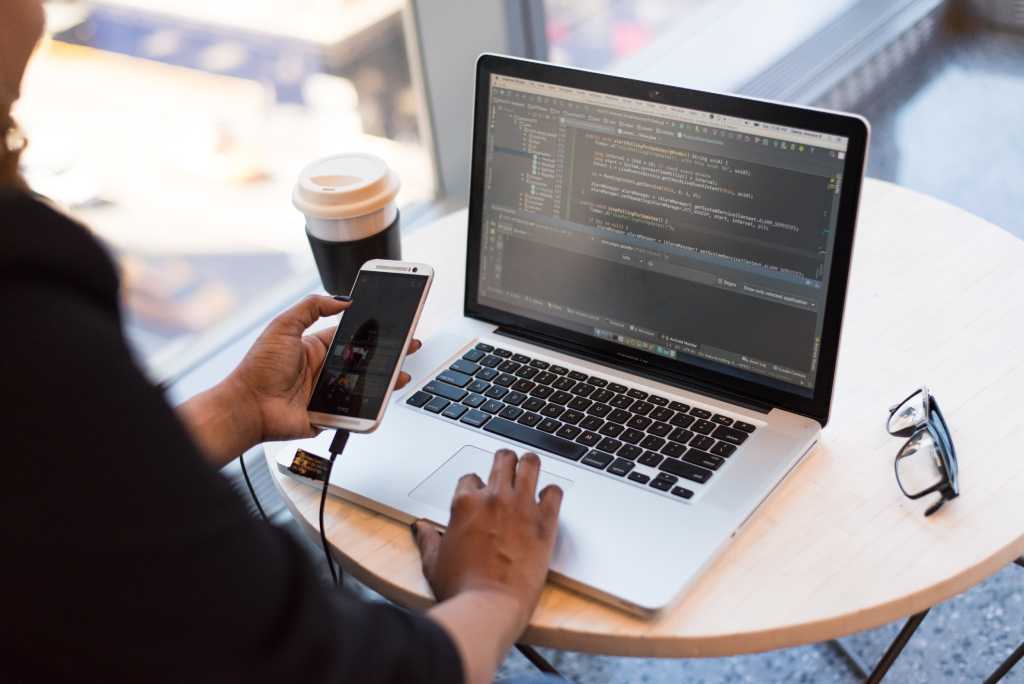In today’s digital era, designing mobile apps for accessibility is crucial to ensure that everyone, including individuals with disabilities, can access and use them. Accessibility considerations should be an integral part of the app design process from the very beginning. In this article, we will explore best practices and strategies for designing mobile apps that are accessible to a wide range of users.
1. Understand the Accessibility Guidelines
To design accessible mobile apps, it is essential to familiarize yourself with accessibility guidelines and standards. The Web Content Accessibility Guidelines (WCAG) provided by the World Wide Web Consortium (W3C) offer comprehensive guidance on making digital content, including mobile apps, accessible. Understanding these guidelines will help you make informed decisions and implement accessibility features effectively.
2. Prioritize User Experience
Designing for accessibility should not compromise the overall user experience. In fact, accessible design principles often enhance the user experience for all users. Ensure that your app’s interface is intuitive, with clear navigation, consistent layout, and easily understandable content. Use meaningful and descriptive labels for buttons and controls to aid users who rely on assistive technologies.
3. Provide Alternative Text for Images
Images play a significant role in mobile app design, but they can pose challenges for individuals with visual impairments. By providing alternative text (alt text) for images, you enable screen readers to convey the image’s content to users. Alt text should be concise, and descriptive, and provide relevant information that conveys the purpose or meaning of the image.
4. Use Proper Color Contrast
Color contrast is crucial for users with visual impairments or color blindness. Ensure that text and important visual elements have sufficient contrast against their background. Use color contrast tools to check the contrast ratios and ensure compliance with accessibility standards. Additionally, avoid relying solely on color to convey information; use other visual cues or text to ensure that all users can understand the content.
5. Implement VoiceOver and TalkBack Support
VoiceOver (iOS) and TalkBack (Android) are screen reader features built into mobile devices that assist users with visual impairments. To make your app accessible, ensure compatibility with these screen readers. Provide clear and concise instructions for navigating through the app using voice commands. Test your app using these assistive technologies to identify and fix any issues.
6. Enable Keyboard Accessibility
Some users with mobility impairments rely on keyboards or other alternative input devices instead of touchscreens. Design your app to be fully accessible through keyboard navigation. Ensure that all interactive elements, such as buttons and form fields, can be accessed and operated using the keyboard alone. Use proper focus indicators to highlight the currently focused element for users who cannot rely on visual cues.
7. Consider Text Resizing and Zooming
Allow users to resize text within your app to accommodate different visual needs. Implement text resizing options that maintain the app’s layout and functionality even when the text size is increased. Additionally, ensure that the app supports pinch-to-zoom gestures, allowing users to zoom in and out to read content comfortably.
8. Provide Captions and Transcripts for Multimedia Content
Multimedia content, such as videos and audio files, should be made accessible to users with hearing impairments. Provide captions or subtitles for videos to convey the spoken content. Transcribe audio content and provide text alternatives, allowing users to access the information without relying solely on audio.
9. Test with Assistive Technologies and Real Users
To ensure the effectiveness of your app’s accessibility features, conduct thorough testing using assistive technologies and involve users with disabilities in the testing process. This will help you identify any barriers or usability issues and make necessary improvements. Gathering feedback from real users with disabilities is invaluable in creating a truly accessible app.
10. Keep Up with Accessibility Updates
Technology and accessibility guidelines are continually evolving. Stay updated with the latest developments and updates in accessibility standards and practices. Subscribe to relevant newsletters, join accessibility forums, and follow industry experts to stay informed about new techniques and tools for designing accessible mobile apps. Regularly review and update your app’s accessibility features based on these advancements to ensure ongoing accessibility compliance.
Conclusion
Designing mobile apps for accessibility is not just a legal and ethical responsibility but also an opportunity to reach a wider audience and provide an inclusive user experience. By following best practices such as understanding accessibility guidelines, prioritizing user experience, providing alternative text for images, ensuring proper color contrast, and implementing support for assistive technologies, you can create mobile apps that are accessible to all users.
Remember to enable keyboard accessibility, consider text resizing and zooming options, provide captions and transcripts for multimedia content, and conduct thorough testing with assistive technologies and real users. By embracing accessibility as an integral part of your app design process and keeping up with the latest updates, you can make a positive impact and contribute to a more inclusive digital world.
Designing mobile apps for accessibility is a continuous journey, and it requires ongoing commitment and collaboration to ensure that all users, regardless of their abilities, can fully engage with and benefit from your app. By making accessibility a priority, you not only enhance the usability of your app but also create a positive and inclusive experience for all users.


